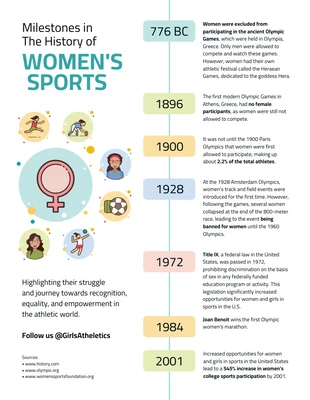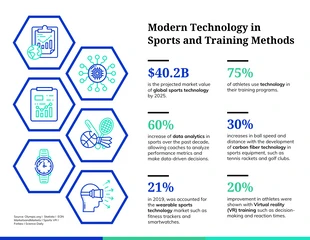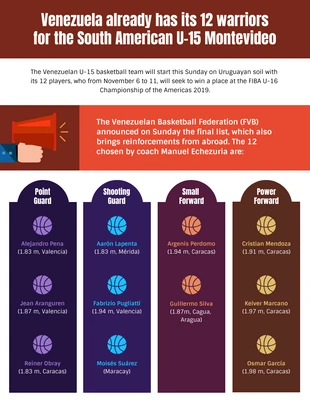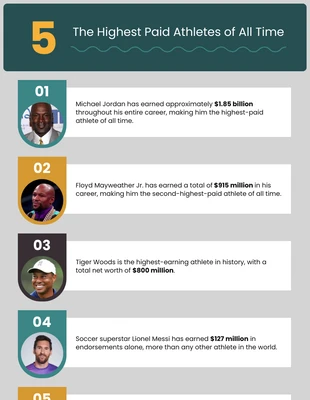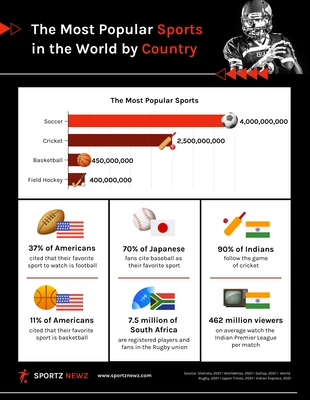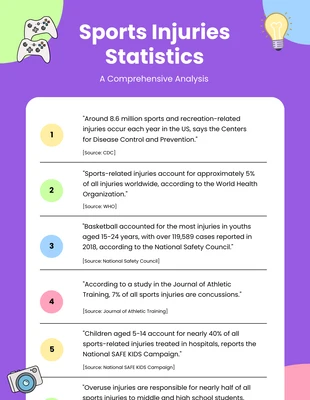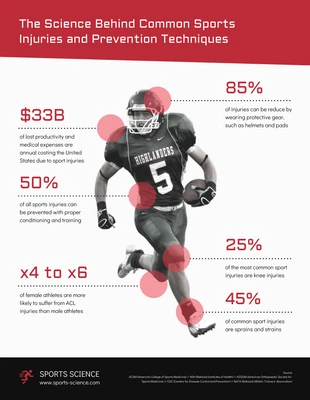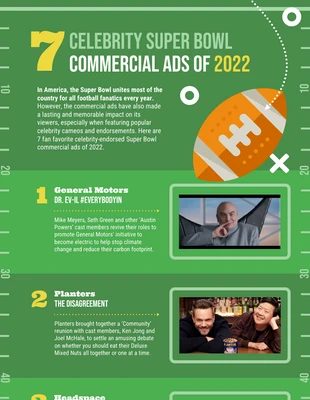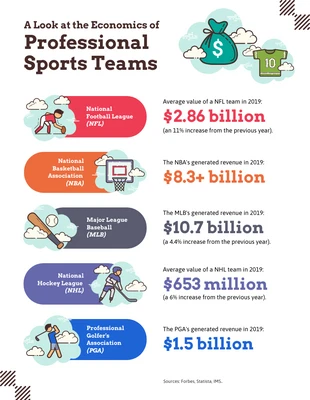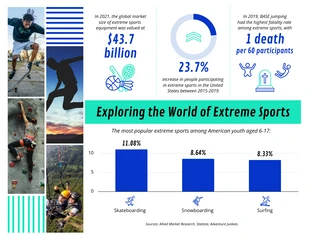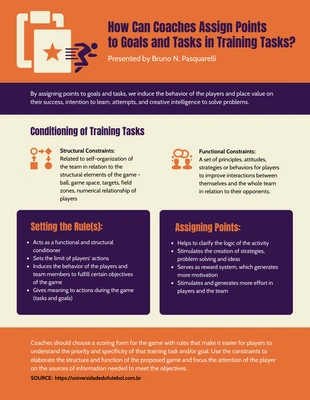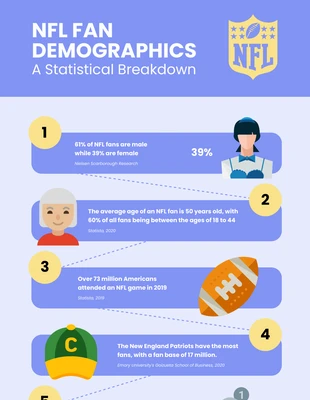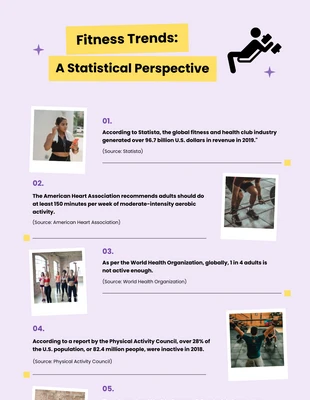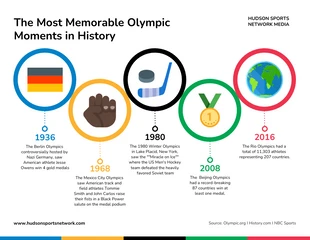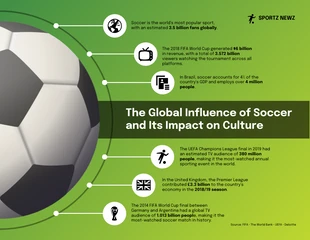Sports Infographics Templates
Venngage's sports infographic templates serve as a powerful playbook for transforming sports communication, merging vivid graphics with insightful data to spotlight player milestones, tactical approaches, and key game metrics. These dynamic templates are crafted to captivate athletes, enthusiasts, and industry professionals alike, offering a visually stimulating way to delve into the intricacies of sports. From tracking season highlights to visualizing performance analytics, Venngage provides the ideal arena for sharing sports narratives that resonate. Engage your audience with compelling visuals that bring the energy and passion of the game to the forefront, making every statistic and strategy as thrilling as a live match.
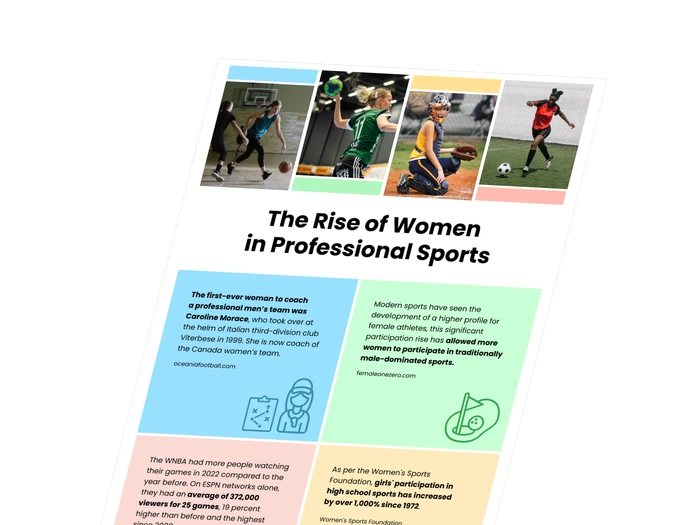
sports infographics
sports infographics
sports infographics
sports infographics
sports infographics
sports infographics
sports infographics
sports infographics
sports infographics
sports infographics
sports infographics
sports infographics
sports infographics
sports infographics
sports infographics
sports infographics
sports infographics
sports infographics
sports infographics
sports infographics
sports infographics
sports infographics
sports infographics
sports infographics
sports infographics
sports infographics
Popular template categories
- Brochures
- Mind maps
- Posters
- Presentations
- Flyers
- Diagrams
- Reports
- White papers
- Charts
- Resumes
- Roadmaps
- Letterheads
- Proposals
- Plans
- Newsletters
- Checklist
- Business cards
- Schedules
- Education
- Human resources
- Ebooks
- Banners
- Certificates
- Collages
- Invitations
- Cards
- Postcards
- Coupons
- Social media
- Logos
- Menus
- Letters
- Planners
- Table of contents
- Magazine covers
- Catalogs
- Forms
- Price lists
- Invoices
- Estimates
- Contracts
- Album covers
- Book covers
- Labels
- See All Templates
